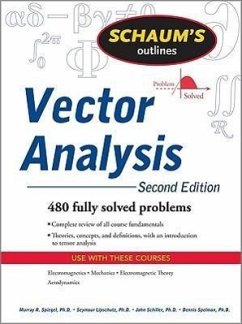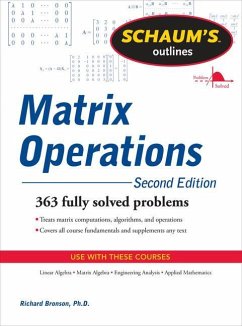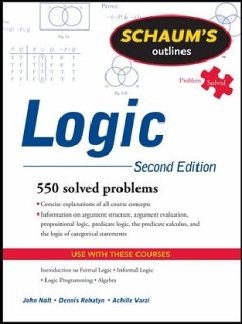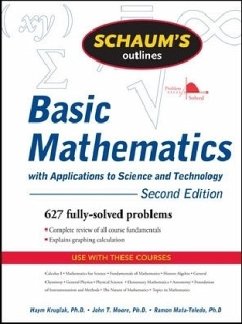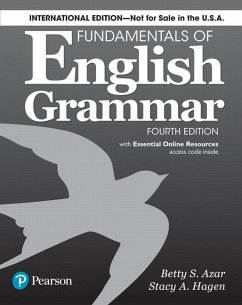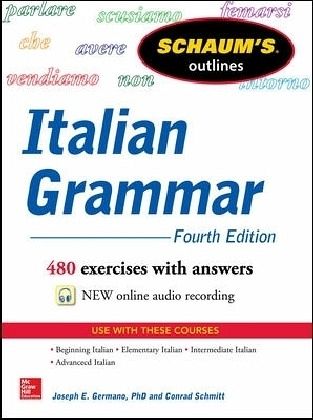
SOS ITALIAN GRAMMAR 4E
Versandkostenfrei!
Versandfertig in 1-2 Wochen

PAYBACK Punkte
11 °P sammeln!




With 480 solved exercises, this book offers: coverage of contemporary conversational Italian including expressions, slang, and idioms.
McGraw-Hill authors represent the leading experts in their fields and are dedicated to improving the lives, careers, and interests of readers worldwide
Produktdetails
- Schaum's Outlines
- Verlag: McGraw-Hill Professional
- 4th Ed.
- Seitenzahl: 372
- Erscheinungstermin: 21. Januar 2014
- Englisch
- Abmessung: 276mm x 206mm x 20mm
- Gewicht: 590g
- ISBN-13: 9780071823609
- ISBN-10: 0071823603
- Artikelnr.: 39374626
Herstellerkennzeichnung
Libri GmbH
Europaallee 1
36244 Bad Hersfeld
gpsr@libri.de
Für dieses Produkt wurde noch keine Bewertung abgegeben. Wir würden uns sehr freuen, wenn du die erste Bewertung schreibst!
Eine Bewertung schreiben
Eine Bewertung schreiben
Andere Kunden interessierten sich für


